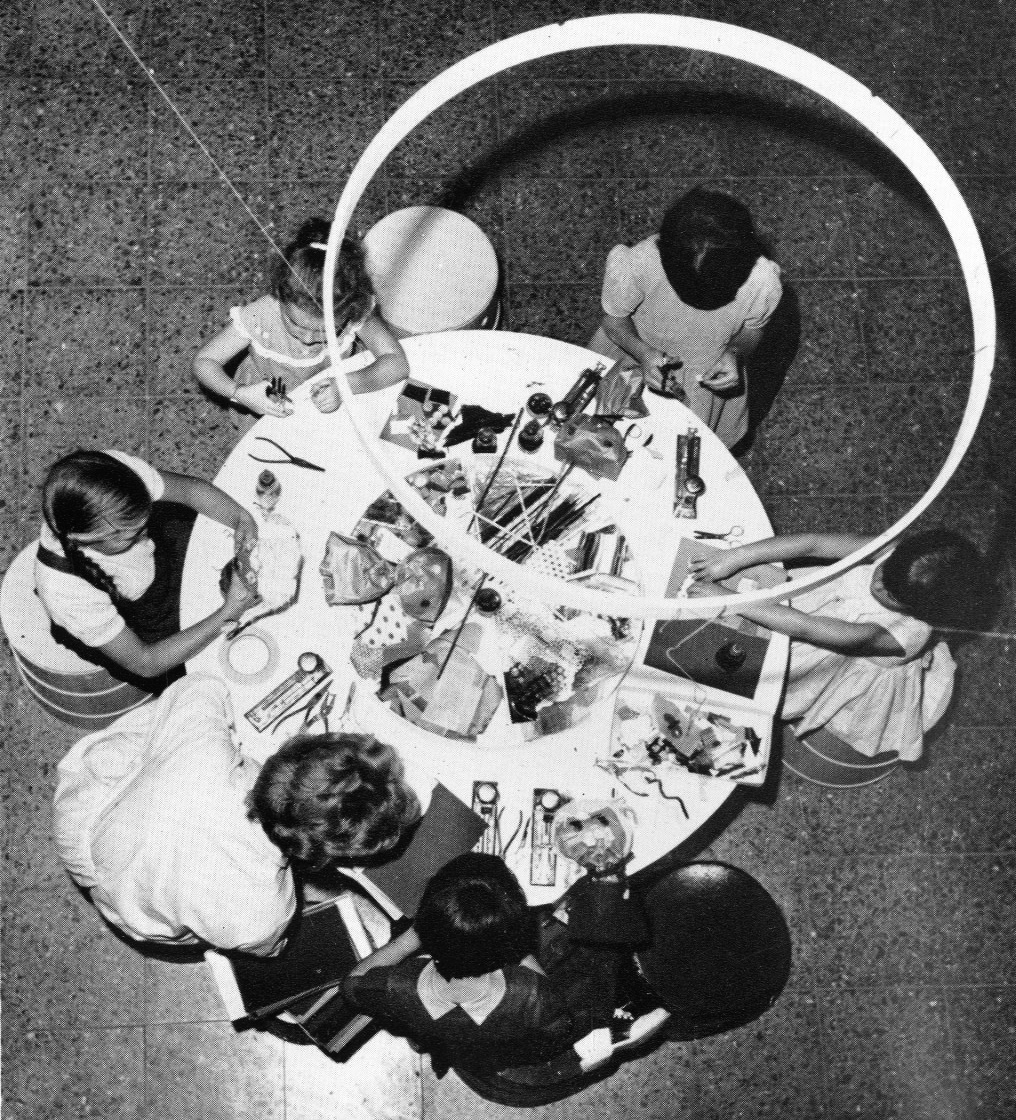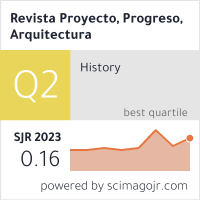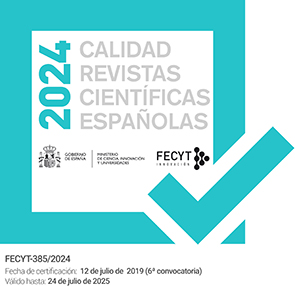ARCHITECTURAL TOYS – A CONSTRUÇÃO LÚDICA DA ARQUITECTURA
DOI:
https://doi.org/10.12795/ppa.2023.i29.01Keywords:
historical narratives, architecture and education, childhood, architecture games, architectural project, creativityAbstract
The curricular unit Architectural toys - A construção lúdica da Arquitectura has been taught at the University of Porto’s Faculty of Architecture since 2012. In its more than ten years of existence, it has been creating and organising its own body of content and has produced a large number of academic papers. Originating from a hypothesis that articulated the playful condition with the architectural project, it has been revealing, thanks to the constant reorganisation of the classes and the contribution of the students, a network of connections that runs through architectural culture, revealing historical and conceptual narratives linked to the phenomena of education and teaching.
Downloads
References
BAUDELAIRE, Charles. O pintor na vida moderna. 1863.
BORDES, Juan. Historia de los juguetes de construcción. Madrid: Cátedra, 2012.
BRETON, André. Le Manifeste du Surréalisme. Paris: Ed. du Sagittaire, 1924.
BROUGERE, Gilles. A criança e a cultura lúdica. En: Revista da Faculdade de Educação. São Paulo: Faculdade de Educação da Universidade de São Paulo, July/Dec. 1998, vol. 24, n. 2, pp. 103-116. ISSN: 0102-2555. DOI: https://doi.org/10.1590/S0102-25551998000200007
CAILLOIS, Roger; MEYER Barash. Man, play, and games. Urbana: University of Illinois Press, 2001.
CORRADO, Ricci. L’Arte de Bambini. Bologna: Zanichelli, 1887.
FINK, Eugen. Oase des Glucks. Gedanken zu einer. Ontologie des Spiels. Munchen: Verlag Karl Albert Freiburg, 1957.
GINOULHIAC, Marco. O ensino do projecto de Arquitectura Contribuições para um debate crítico em torno da prática contemporânea. Tesis Doctoral: Universidade do Porto, 2009.
HUIZINGA, Johan. Homo ludens: a study of the play-element in culture. Boston: Beacon Press, 1955.
LIBERTY TADD, James. New Methods in Education: Art, Real Manual Training, Nature Study. New York: Orange Judd Company, 1899.
LYOTARD, Jean-François. A condição pós-moderna. Rio de Janeiro: Les Éditions de Minuit, 1979.
MORIN, Edgar. La testa ben fatta. Riforma dell’insegnamento e riforma del pensiero. Milano: Raffaello Cortina Editore, 2000.
REBOUL, Olivier. Filosofia da educação. Lisboa: Editora Nacional, 1988.
REYNOLDS, Peter. C. Play, language and human evolution”. En: Jerome BRUNER; Alison JOLLY; Kathy SILVA (eds.) Play: Its role in development and evolution. Baltimore: Penguin Books, pp. 621-635.
ROMAGNY, Vincent; DONADA, Julien. Group ludic. L’imagination au pouvoir. Bruxelles: Editions Facteur Humain, 2019.
SCHILLER, Friedrich. A Educação Estética do Homem numa série de cartas. Sao Paulo: Iluminuras, 2002.
SHILDT, Goran (ed.). Alvar Aalto in his own words. New York: Rizzoli, 1998.
SMITH, Brian. The ambiguity of play. Cambridge, Mass: Harvard University Press, 1997.

Published
How to Cite
Issue
Section
License
Las ediciones impresa y electrónica de esta Revista son editadas por el Secretariado de Publicaciones de la Universidad de Sevilla, siendo necesario citar la procedencia en cualquier reproducción parcial o total.
Salvo indicación contraria, todos los contenidos de la edición electrónica se distribuyen bajo una licencia de uso y distribución “Creative Commons Atribución-NoComercial-SinDerivar 4.0 Internacional” ![]() . Puede consultar desde aquí la versión informativa y el texto legal de la licencia. Esta circunstancia ha de hacerse constar expresamente de esta forma cuando sea necesario.
. Puede consultar desde aquí la versión informativa y el texto legal de la licencia. Esta circunstancia ha de hacerse constar expresamente de esta forma cuando sea necesario.
Los autores/as que publiquen en esta revista aceptan las siguientes condiciones:
- Los autores/as conservan los derechos de autor y ceden a la revista el derecho de la primera publicación, con el trabajo registrado con la licencia de atribución de Creative Commons, que permite a terceros utilizar lo publicado siempre que mencionen la autoría del trabajo y a la primera publicación en esta revista.
- Los autores/as pueden realizar otros acuerdos contractuales independientes y adicionales para la distribución no exclusiva de la versión del artículo publicado en esta revista (p. ej., incluirlo en un repositorio institucional o publicarlo en un libro) siempre que indiquen claramente que el trabajo se publicó por primera vez en esta revista.
- Se permite y recomienda a los autores/as a publicar su trabajo en Internet (por ejemplo en páginas institucionales o personales) antes y durante el proceso de revisión y publicación, ya que puede conducir a intercambios productivos y a una mayor y más rápida difusión del trabajo publicado (vea The Effect of Open Access).








